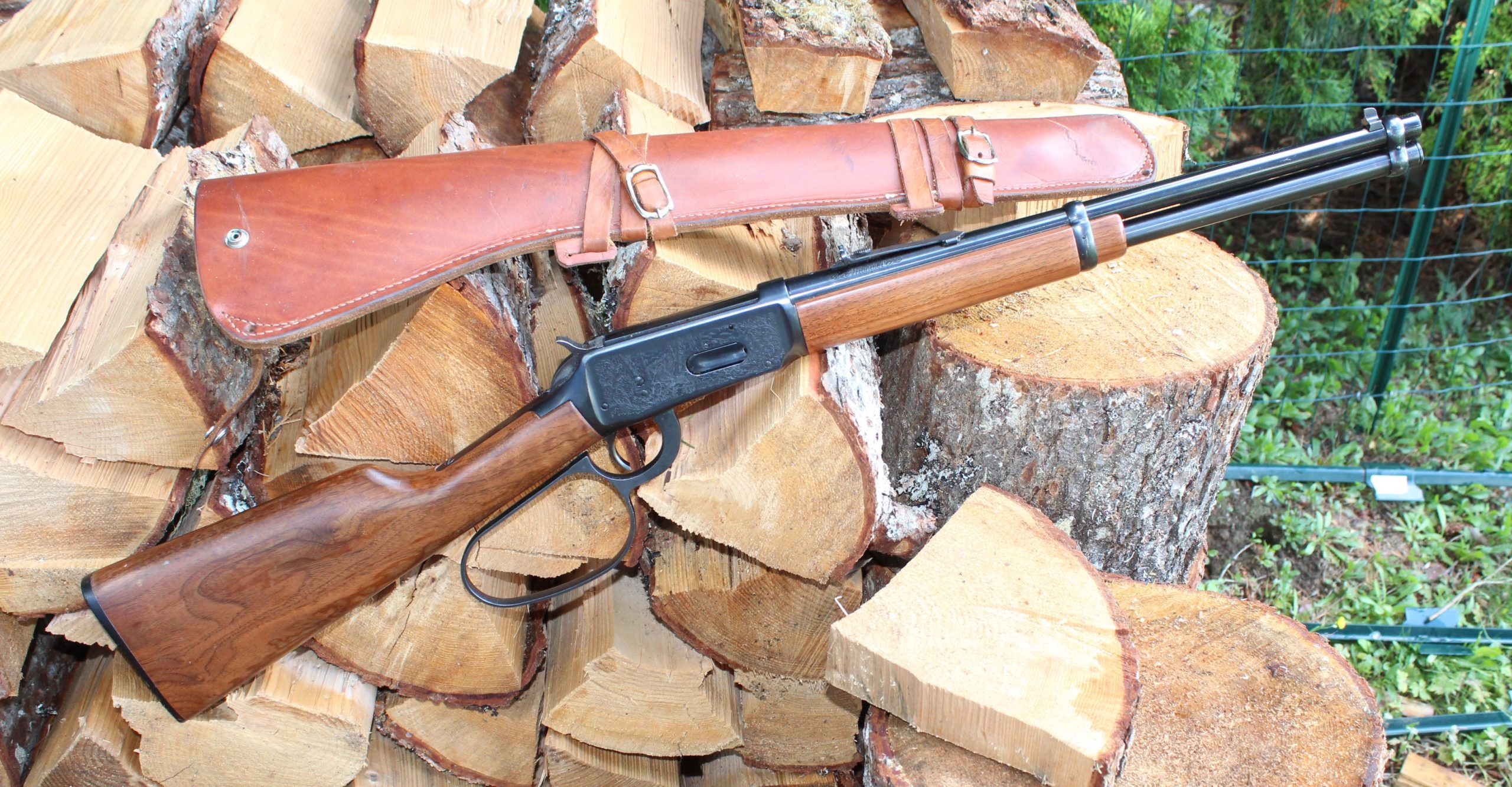
By Dave Workman
Editor-in-Chief
Introduced in January 1902, according to the Speer Reloading Manual #14, the .32 Winchester Special may be something of a curiosity, in addition to its time-proven capability as a superb brush gun cartridge for deer, black bear and even an elk should one stumble into view within, say 150 yards.
But when Winchester brought forth the Model 94 Wrangler back in 1982 with its 16-inch barrel and loop lever, I wanted one right away. It was far more than the visible attraction. The caliber held, and still does, a bit of nostalgia.
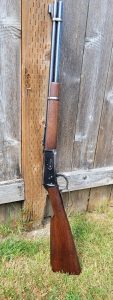
My dad’s deer rifle was a Model 94 in .32 Special, and when I was a very young boy, I can remember him returning from opening day deer hunts with a buck, taken high up near the top of Storm King Mountain in Washington’s east-central Lewis County. In those days, coastal blacktails were a hefty lot and plentiful, but when my dad was on the trigger, they pretty much didn’t stand a chance.
His rifle passed down to my younger brother, and it remains a good shooter to this day.
But when the Wrangler was announced, with its engraved receiver, saddle ring on the left side and top eject, I simply couldn’t resist.
I hunted with that rifle off and on in brush country and eventually conked a rather nice spike buck one opening day at about 40 yards.
Ballistically similar to the far more famous .30-30 Winchester, the .32 Special was unveiled as a cartridge available with smokeless powder, but which could be reloaded with black powder. Instead of the 1:12-inch rifling of the .30-30, Winchester offered the rifle with a 1:16-inch rifling twist.
I’ve been reloading this cartridge with 170-grain Speer softpoints, ahead of a healthy dose of IMR 4895 for a muzzle velocity of just over 2,000 fps out of the 16-inch tube. The .32-caliber Speer bullet has a sectional density of 0.236 and a ballistic coefficient of 0.283, so it’s going to have a little more “oomph” over the .30-30 at close range, but it loses some muscle against the smaller .30-caliber pill of the same weight the farther downrange it travels.
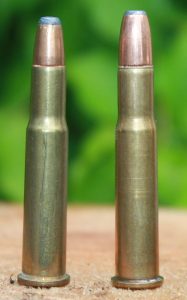
Of course, with the loop lever, made famous by screen hero John Wayne (yeah, I’ve managed to spin the rifle—unloaded, of course—just to say I’d done it), this little carbine is pure eye candy. The loop lever does have an advantage, however, in my opinion. Late in the deer season, when my hands are nicely tucked into heavy gloves, I never need to worry whether I’ll be able to get my gun hand into the lever.
Some years back, I acquired a saddle scabbard for the little gun. Made by Hunter Leather, the scabbard has a snap strap to hold the rifle in if one uses it on horseback, or just has it hanging behind the seat of a 4×4 for off-road work.
Some years ago, Hornady introduced a .32 Special cartridge in its LeverEvolution product line. These cartridges feature a 165-grain spire-point bullet with an “elastomer Flex Tip, making it safe to load in a tubular magazine. It’s got a faster muzzle velocity, a sectional density of 0.229 and ballistic coefficient of .310, so it will deliver the goods anywhere in the Pacific Northwest.
The little Wrangler swings fast and comes up nicely to my shoulder. Many years ago, when I was hunting with a pal who did some guiding up in the big whitetail country of northeast Washington, north of Spokane, he observed my little levergun would be perfect for whitetails. Alas, I never could find one to shoot while hunting near his place, but it would have been interesting to put his theory to then test.
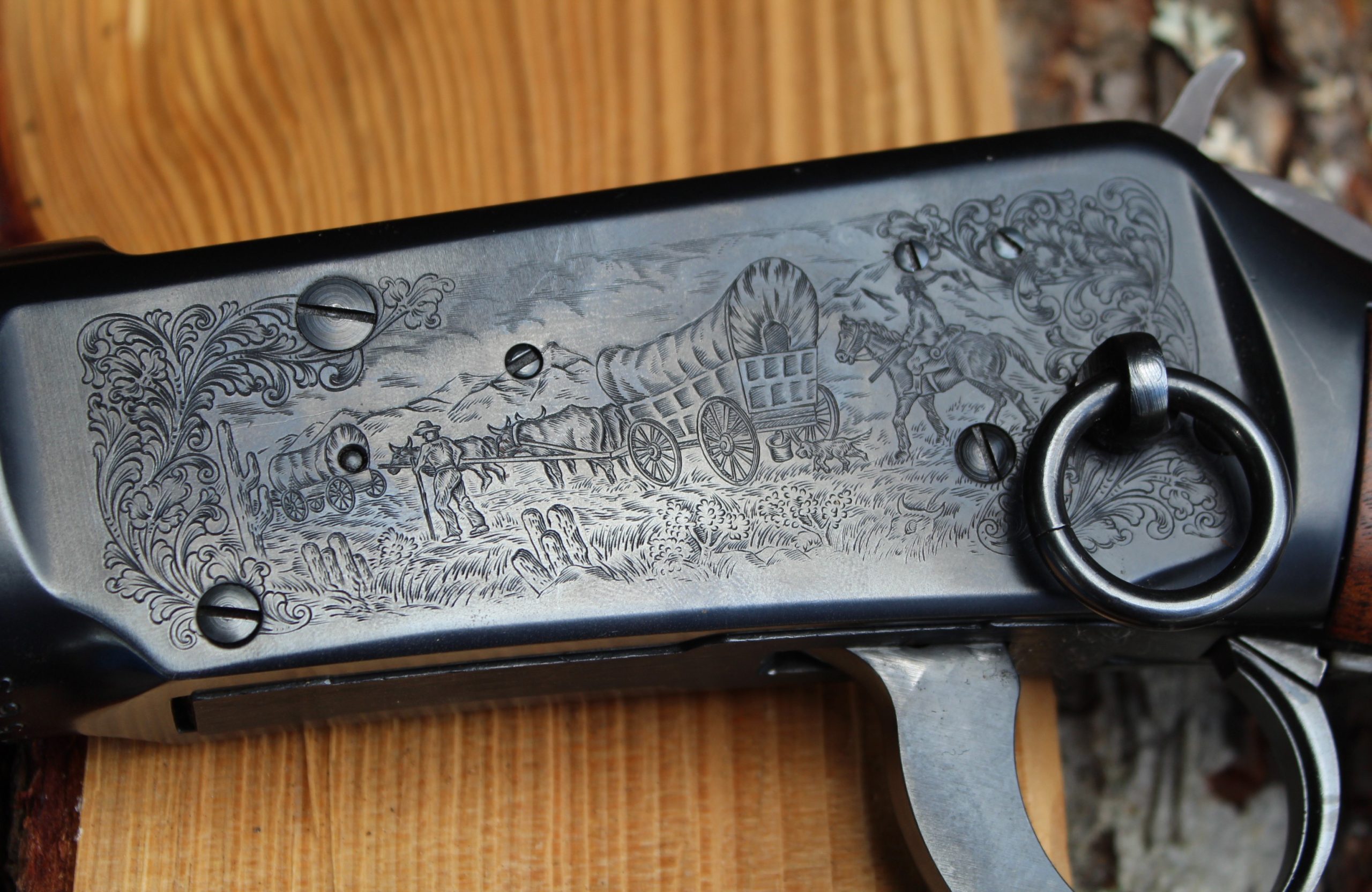
I recently spotted a .32 Special Wrangler in some kind of online auction where it fetched an impressive $1,125. It still had the original shipping box and the gun was in very good shape.
My guess is most people who bought these rifles—it seems to have been a limited run—hung onto them for collectors’ value.
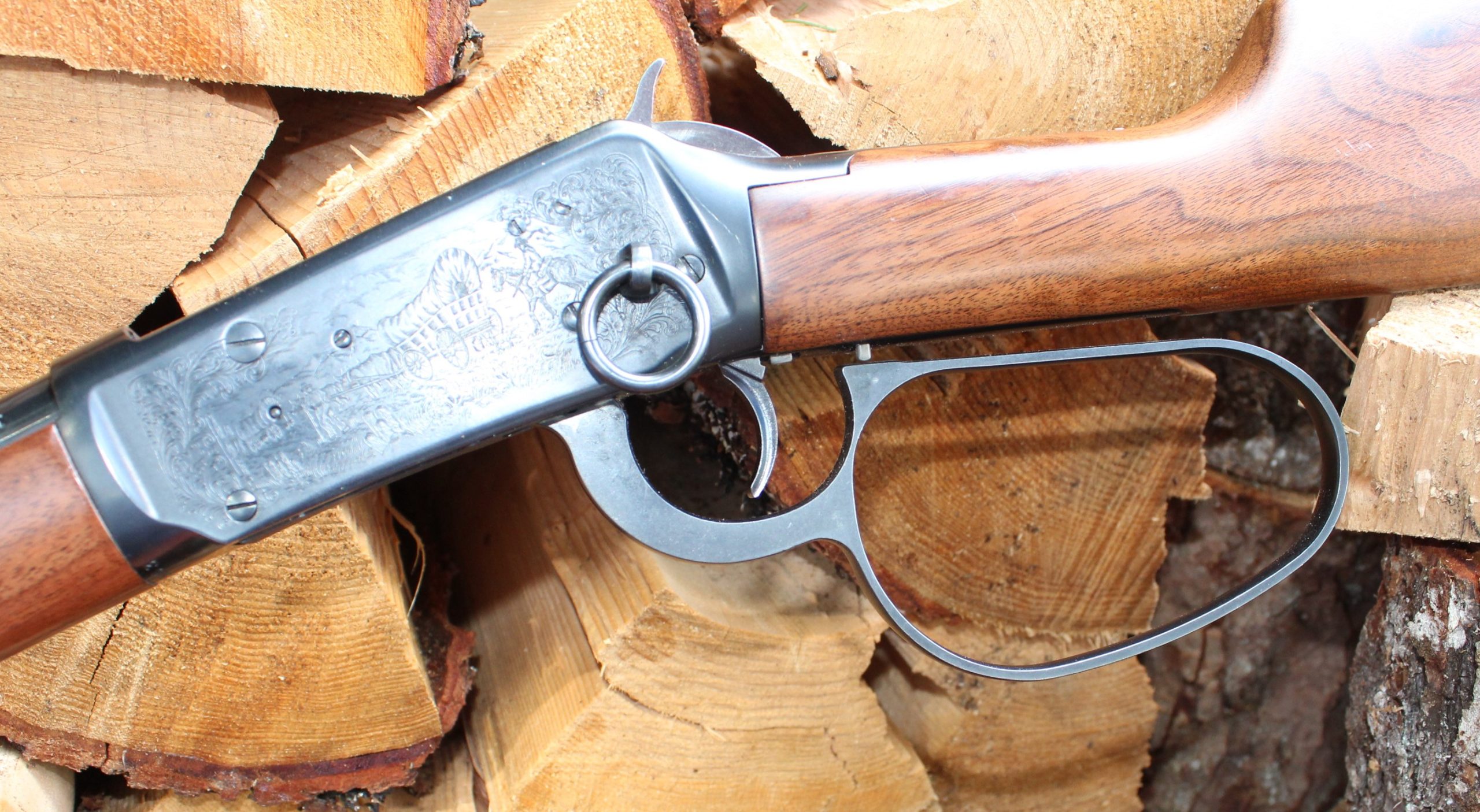
Mine, as they say, has blood on it. I would have enjoyed letting my dad take a crack at deer with it. Mighta been fun.



